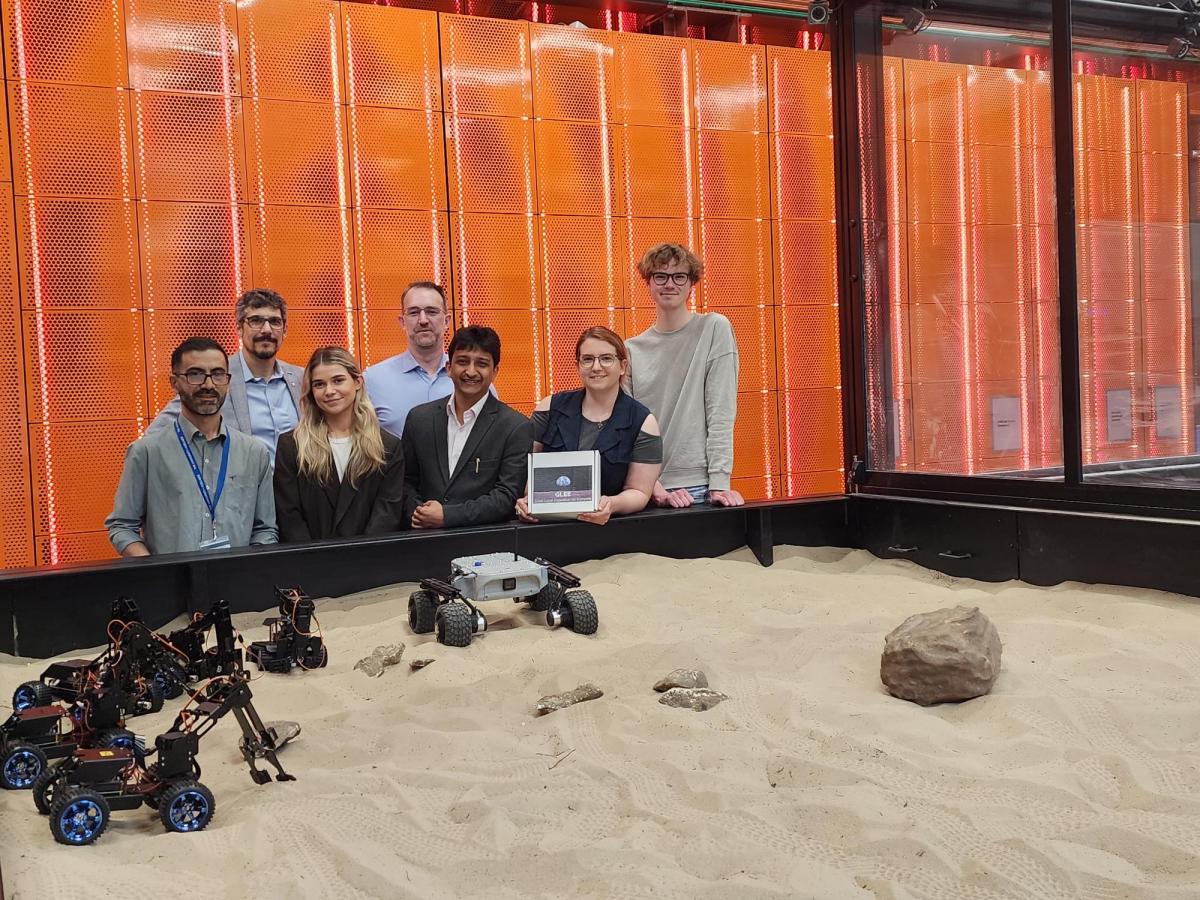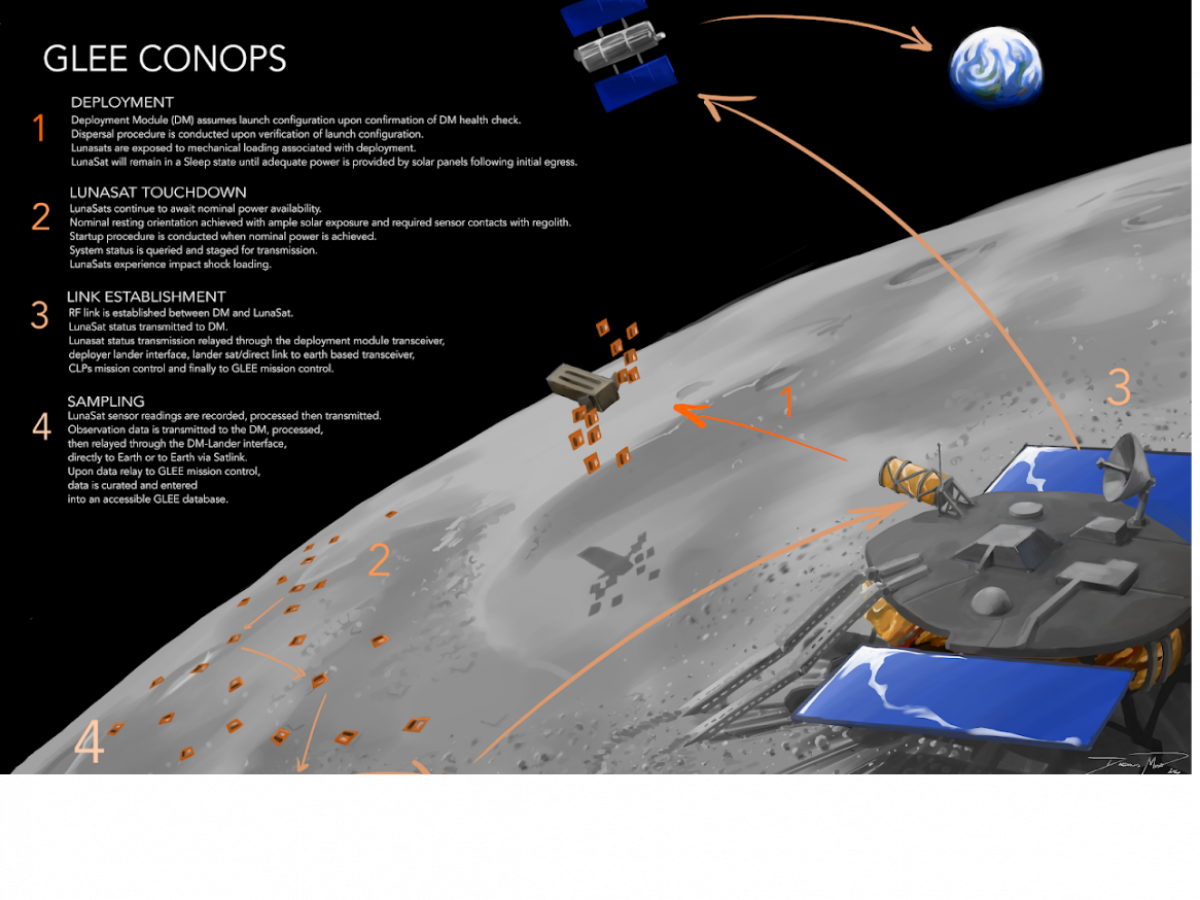Taking on the challenges of interplanetary life

Ever heard of the saying ‘shoot for the moon?’ It’s meant to inspire people to pursue ambitious goals. Just like our team of students who have been selected to participate in a program to send a spacecraft to the Moon and deploy multiple sensors across its surface.
Understanding how astronauts can breathe and grow plants is part of the complex problem-solving underway with students and project lead PhD student in Lunar Architecture Monika Stankiewicz.
Monika and her team are part of the international GLEE program. GLEE stands for Great Lunar Expedition for Everyone and is sponsored by the University’s Andy Thomas Centre for Space Resources (ATCSR). The GLEE program will contribute valuable research to NASA’s Artemis - Moon to Mars mission — an incredible opportunity for our students to contribute research that will impact the future of interplanetary life for humans.
The opportunity to literally touch the surface of the Moon with your research is incredibly rareMonika Stankiewicz
Over 20 universities worldwide are participating in the GLEE program with 4 teams based in Australia. Students will use tiny spacecraft called LunaSats to collect temperature, magnetic field, and inertial, or non-moving, measurements of lunar regolith - which is the dust that covers the surface of the moon. From the regolith, students can extract elements like oxygen, titanium, iron, and aluminum that might be used to provide astronauts air, a growth medium for plants and crops, building materials for civil engineers and architects, and much more.
This is a rare opportunity for students to meet the challenges of investigating lunar regolith across a wide variety of disciplines including psychology, engineering, architecture, science, AgTech, education, and humanities.
Information for this article is kindly provided by Associate Professor John Culton, Director of the Andy Thomas Centre for Space Resources (ATCSR), and Monika Stankiewicz. John is working alongside Monika and her team of students in the GLEE program.

The GLEE program team from the University of Adelaide with the LunaSats sensors.
Front row left to right: Manuel Hoyos (Chemical Engineering), Mallory Papps (Law), Akshay Kumar Agarwal (Civil Engineering) & Monika Stankiewicz - team leader (Architecture). Back row left to right: Associate Professor John Culton (Director, Andy Thomas Centre for Space Resources), Martin Lambert (Agriculture) & Thomas Schilling (Geology).

